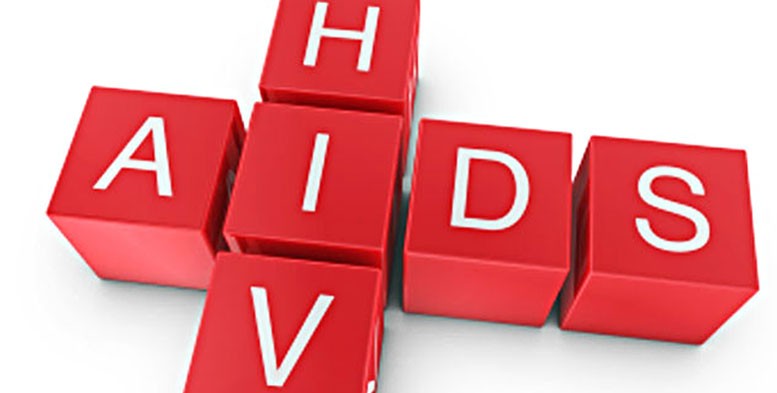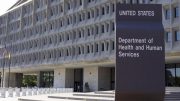By: Eric Brus*
On June 5, 1981, the U.S. Centers for Disease Control and Prevention (CDC) published reports about a rare form of pneumonia in five gay men, which were later determined to be the first published cases of AIDS. Although the first HIV infections in the U.S. and elsewhere occurred years earlier, June 5, 1981 has come to be considered the beginning of the AIDS epidemic. In the past few years, the HIV advocacy group Let’s Kick ASS (LKS) has also led an effort to designate June 5 as HIV Long-Term Survivors Awareness Day (HLTSAD)―which has now been recognized as one of the U.S.’s national HIV/AIDS awareness days. This feature includes information about HLTSAD, as well as reflections from President Barack Obama and others about the 35th anniversary of AIDS.
HIV Long-Term Survivors Awareness Day: LKA launched HLTSAD to raise awareness about the needs, issues, and journeys of long-term survivors of HIV infection, including older adults and others who have lived with the virus for decades. In a recent blog post, LKA noted that 2016 marks both the 35th anniversary of AIDS and the 20th anniversary of the rollout of the first highly active antiretroviral therapies that revolutionized the treatment of HIV/AIDS. “We want to change the narrative from surviving to thriving,” according to LKA. “Achieving that goal requires older adults with HIV to be equipped for healthy aging. Long-term survival, once an almost unimaginable concept, is now the norm.” LKA is calling on AIDS service organizations, medical and mental health providers, HIV long-term survivors, and other advocates to:
- prioritize HIV and aging issues through awareness and age-appropriate services;
- end what LKA calls the “ongoing systemic institutional invisibility” of HIV long-term survivors;
- help persons living with HIV reach viral suppression, which both safeguards their health and reduces the risk of HIV transmission;
- address the challenges of poverty and disability, which are barriers to healthy aging with HIV infection;
- understand and address the medical and mental health needs of HIV long-term survivors.
35th Anniversary Remarks from President Obama: “The past 35 years tell a story that bends from uncertainty, fear, and loss toward resilience, innovation, and hope,” the President noted in a White House statement issued on June 5. “We’ve learned that stigma and silence don’t just fuel ignorance, they foster transmission and give life to a plague. We’ve seen that testing, treatment, education, and acceptance can not only save and extend lives, but fight the discrimination that halted progress for too long. And we’ve reaffirmed that most American of ideas – that ordinary citizens can speak out, band ourselves together like a breathtaking quilt, and change the course of our communities and our nation for the better.”
President Obama also briefly summarized several key U.S. government initiatives, including the establishment of the Ryan White HIV/AIDS Program and the President’s Emergency Plan for AIDS Relief (PEPFAR) before his presidency, as well as the Obama Administration’s implementation of the first U.S. National HIV/AIDS Strategy in 2010 and its subsequent update to guide the nation’s HIV/AIDS response through 2020. “Nearly five years ago, I said that an AIDS-free generation is within reach, and today, the global community is committed to ending this epidemic by 2030. This will take American leadership, smart investments, and a commitment to ensure that all communities are heard and included as we move forward.”
Remarks from Other Federal Officials: Two early June posts on the blog.AIDS.gov site, include written and video reflections on the epidemic from four U.S. federal officials who have been part of the U.S. AIDS response for many years. U.S. global AIDS coordinator Deborah Birx shared personal reflections on her early work with persons living with HIV as a physician at the Walter Reed Medical Center, the many people who died as a result of AIDS, and the efforts to reverse the epidemic. “This week, as I reflect on the past 35 years―and as world leaders prepare to gather in New York City for the 2016 U.N. High-Level Meeting on Ending AIDS―there were many moments when reaching such a goal seemed impossible. Today, thankfully, it isn’t. But we won’t reach it easily or without focus. We must combine the power and perseverance of the early AIDS activists with the scientific knowledge and data that we now have in order to get there.”
Amy Lansky, the acting director of the White House Office of National AIDS Policy, noted that the lessons learned in combatting HIV/AIDS during the past 35 years have been integrated into the NHAS. Recent and ongoing efforts to address and ultimately end the epidemic include expanding the HIV prevention toolbox, improving access to healthcare coverage under the Affordable Care Act, modernizing recommendations for HIV treatment and routine HIV testing, and improving outcomes along the HIV care continuum. Lansky also called on Americans to fight the stigma that has prevented many people from seeking HIV testing and treatment.
Richard Wolitski, acting director of the HHS Office of HIV/AIDS and Infectious Disease Policy, also reflected on the toll that HIV/AIDS has taken in the U.S. and globally, as well as important milestones in the AIDS response. While noting that breakthroughs such as HIV testing, prevention of mother-to-child transmission, and the development of effective antiretroviral treatment have been critically important, Wolitski emphasized that the infections averted and lives saved have been the result of many sectors of society coming together to ensure that these scientific advances reached the people who needed them. “If we all do our part, we can stop marking these milestones, we can stop counting the infections, we can stop adding up the deaths. And we can look back on HIV as something that’s a part of our past and part of our history―but not a part of our future.”
Anthony Fauci, director of the National Institute for Allergy and Infectious Diseases, also discussed his experiences during the early years of the epidemic and his decision to devote his career to AIDS research. He noted that the prognosis for people diagnosed with HIV today is “night and day” compared to 1981, thanks to the development of many highly effective antiretroviral drugs used in combination to fight HIV. “What has happened from 1981 to now is really one of the most extraordinary accomplishments of biomedical research.”
*Eric Brus is the Director of Health Information at AIDS Action Committee. This report is produced by the Health Library of the AIDS Action Committee in collaboration with the New England AIDS Education and Training Center Minority AIDS Initiative Project. The full version is available online.







